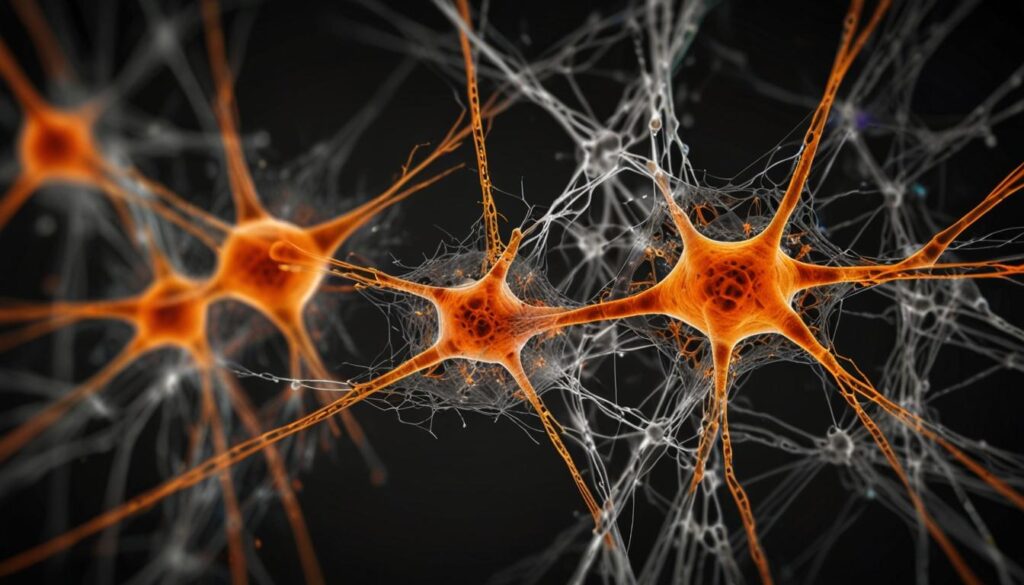Explore the inner workings of ChatGPT, a cutting-edge AI model that generates human-like text. Discover how tokens, neural networks, and the Transformer architecture come together to create coherent and creative outputs, while considering the ethical implications and applications of this groundbreaking technology.
Introduction
Artificial Intelligence (AI) has made remarkable strides in recent years, with one of its most fascinating advancements being ChatGPT. This sophisticated AI model can generate human-like text, engaging in conversations, writing essays, and much more. To understand how ChatGPT achieves this, we need to delve into its underlying mechanisms, from neural networks to probabilistic text prediction.
The Building Blocks: Tokens and Probabilities
At the heart of ChatGPT’s functionality is the concept of tokens. Tokens are essentially chunks of text, which can be as small as a character or as large as a word. When you input a sentence into ChatGPT, the model breaks it down into tokens and processes these to generate the most probable continuation of text.
The model’s ability to predict the next token is based on extensive training with vast datasets. This training allows ChatGPT to understand the statistical relationships between tokens. For instance, after seeing millions of sentences, it learns that “good morning” is a more likely sequence than “good zebra.”
Neural Networks: The Brain Behind ChatGPT
Neural networks form the core architecture of ChatGPT. These networks are composed of layers of artificial neurons that mimic the functioning of the human brain. Each neuron processes input data and passes it through to the next layer, gradually building up a complex understanding of text patterns.
Training these networks involves adjusting numerous parameters to minimize errors in prediction. The training process is computationally intensive, requiring powerful hardware and significant amounts of data. This iterative process of tweaking and refining helps the model improve its accuracy and relevance over time.
Decoding the Transformer Model
ChatGPT is built upon the Transformer architecture, a type of neural network specifically designed for handling sequential data like text. The Transformer model uses a mechanism called self-attention, which allows it to weigh the importance of different words in a sentence when making predictions. This mechanism helps the model maintain context and coherence, even over long paragraphs.
The self-attention mechanism enables ChatGPT to understand and generate contextually appropriate responses, making its outputs more coherent and relevant. This is a significant improvement over earlier models that struggled with maintaining context over longer text spans.
Temperature Settings: Balancing Creativity and Coherence
One of the intriguing aspects of ChatGPT is its ability to generate text with varying degrees of creativity. This is controlled by a parameter known as the temperature setting. A lower temperature value makes the model’s predictions more conservative and deterministic, resulting in more predictable and coherent text. Conversely, a higher temperature value introduces more randomness, allowing for more creative and diverse outputs, albeit at the risk of generating less coherent responses.
Adjusting the temperature setting enables users to tailor the model’s behavior to their specific needs, whether they require a factual report or a creative piece of writing.
Training Data: The Fuel for Intelligence
The quality and diversity of the training data are crucial for the model’s performance. ChatGPT is trained on a mixture of licensed data, data created by human trainers, and publicly available data. This diverse training set allows the model to handle a wide range of topics and writing styles, making it versatile in its applications.
However, the reliance on large datasets also raises ethical considerations, such as the potential for biases in the training data. Ensuring that the training data is as unbiased and representative as possible is a key challenge in the development of AI models like ChatGPT.
Applications and Implications
The capabilities of ChatGPT extend far beyond simple text generation. It can be used in customer service to handle queries, in education to provide tutoring, and in creative industries to assist with content creation. Its versatility and ability to understand and generate human-like text make it a powerful tool across various domains.
However, the rise of such advanced AI models also brings forth questions about their impact on employment, the potential for misuse, and the ethical considerations of AI-generated content. Addressing these issues requires a careful balance between leveraging the benefits of AI and mitigating its risks.
ChatGPT represents a significant milestone in the field of AI, showcasing the remarkable progress that has been made in natural language processing. By understanding its underlying mechanisms, from tokens and neural networks to the Transformer model and temperature settings, we can better appreciate the complexity and potential of this technology.
As we continue to explore and develop AI, it is crucial to remain mindful of the ethical implications and strive to create models that benefit society as a whole. ChatGPT is a testament to the power of AI, and its continued evolution promises to unlock even more exciting possibilities in the future.










